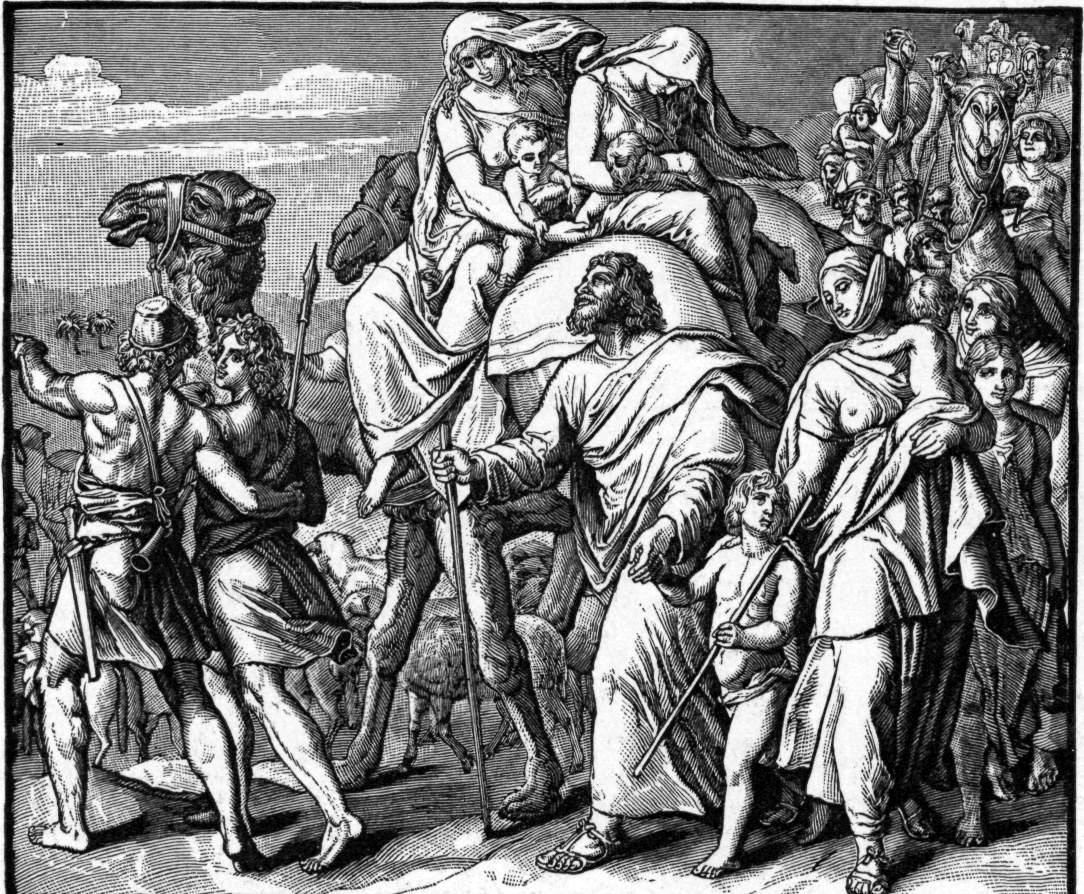A Dialogic Game Derived from the Crowdsourced Imaginary
“The buildings of capitalism, hives of killer bees, honey for the few.
He served there. But in a dark tunnel, when no one watched,
he unfolded his wings and flew. He had to live his life”
Fan fiction traditionally follows a radial trajectory: Beginning with a locus—an author or text—it projects outward to a loose confederacy of fans who create and compile work that orbits and extends the original. But the videogame Control reverses this trajectory, taking its inspiration from a fanbase dedicated to collective storytelling—a Creative Commons fictional universe called the “SCP Foundation” to which anyone is welcome to contribute. Both properties are haunted houses of a sort, conceived as shadowy government agencies charged with “Securing, Containing, Protecting” (SCP) paranormal phenomena. The Federal Bureau of Control, Control’s in-game analog to the SCP’s “Foundation,” is literally haunted by the phenomena contained therein, but group storytelling and universal ownership queer our expectations of the haunted house paradigm: While traditional, single-author hauntings are often centered around one idea that the author controls and which the fanbase then complicates, the hauntings in Control are networked, variegated, and compounding. The narrative, in consequence, often feels tonally chaotic, but each element is a recognizable fragment in a shared imaginary, severed from its context. Control is, compellingly, a junk drawer of free ranging, psychologically-charged symbols which deliberately shift from definitive to ambiguated authorship: The game’s diffuse provenance, centerless networks, and hauntings from the collective unconscious offer players a quixotic power fantasy of literally cleansing the specters of late-capitalist alienation from a modern workspace.
Control’s set is a chilling workplace dystopia, where players are charged with containing various phenomena, usually consumer products that have come to life due to a quorum of the population imbuing them with longing or terror. They range from mischievous to neutral—haunted jukeboxes, arcade games, and lawn flamingos—but the game’s true villain is a malignant entity called only “The Hiss,” which infects people and spaces. The player avatar is Jesse Faden, a drifter who spent her life working low-wage subsistence jobs, a fact that is relevant to the project. The game begins with Jesse, in search of her brother, inside a brutalist government building in Manhattan, a building that is seemingly empty save for the electrical hum of fluorescent lights, the whisper of shuffling paper somewhere nearby, and the clanking of distant machinery. Jesse eventually finds herself in the office of the Bureau Director where he is lying dead on the floor. Upon picking up his sidearm she becomes the new Director of the FBC. All the photographs of the former Director on the walls, the player notices with alarm, have been replaced with her face, and the few office workers that remain alive greet her as the Director without surprise when they encounter her. Jesse finds she must fight The Hiss through the various departments of the Bureau, learning on the job to cleanse nodes of its influence, and shepherd uncorrupted office workers to safety. From beginning to end we aren’t sure if she is sane or hallucinating; if she is struggling underclass or apex predator; if the mysterious janitor haunting the corridors is man, god, monster, or ghost; or if the mysterious Board, a group of enigmatic entities who advise Jesse from out of a huge, inverted pyramid, are her pawns or her Svengali.
These inversions contribute to the game’s uncanny power and offer a searing critique of capitalist priorities. In “The Precession of Simulacra,” Jean Baudrillard calls our attention to “the primitive (mise en) scène of capital: its instantaneous cruelty, its incomprehensible ferocity, its fundamental immorality” (463). Control literalizes such mise en scènes by imagining the workspace as haunted by cruel and incomprehensible manifestations of corporate greed and expressions of power. The Hiss infection warps the building—the walls and corridors and furniture—in disturbing, unpredictable ways, mixing senseless architectural recursion with what feel like severed body parts. The game is a visual metaphor of Baudrillard’s “hyperreality,” which he conceives as “the infinity of capital folded back on its own surface” into a kind of Möbius strip (465). In The Architectural Uncanny, Anthony Vidler maintains that the “alienation of the individual” is expressed in the scale differences between skyscrapers—expressions of capitalist domination—and the anonymous workers who are automatons within and around them. This difference would not be so acute without “the real economic and social estrangements experienced by the majority of [a city’s] inhabitants” (Vidler 4). In Control, where there is Hiss infection, hapless office workers hang suspended in midair. These suspended figures murmur a steady chant in unison as the player gets close to Hiss-infected areas. The words of the chant occasionally come into focus with bizarrely juxtaposed Dadaist non-sequiturs like “A copy of a copy of a copy / Leave your insides by the door / The picture is you holding the picture.” They wear office attire—the uniforms of executives, scientists, secretaries, custodians, and security guards, all rendered equal in thralldom. They are liable at any moment to drop from the ceiling and attack Jesse, for the Hiss is a malevolent hive-mind that takes over bodies and spaces for some unspecified purpose that Jesse, without understanding how or why, must stop.
The gameplay involves fighting through rooms representing “the infinity of capital folded back on its own surface.” Different Bureau divisions have their own character and commentary on the class implications of corporate structure: In “Research” the player faces the experiments-gone-wrong unleashed by scientists playing god; “Maintenance” requires players to clear toxic waste and sentient fungal infestations; and in “Executive,” players discover increasingly unhinged recordings, evidence of upper management’s insanity, in their luxurious office suites. We are Quixotic flâneurs in a crowdsourced space, and the hauntings we find here are multiform and interconnected in what Neal Kirk calls “Networked Spectrality,” a particular kind of contemporary, high-tech haunted house that is collective and rhizomatic in structure, and through which our emergent fears and longings hunt and terrorize us, the more frightening because they are “unseen technological protocols” that can “structure and use human behavior” (Kirk 64). Rather than Freud’s psychological unheimlich, we find ourselves in a site of sociological unheimlich, a contemporary workspace that is also a prison, as the mysterious Board lets slip during a weapon tutorial, saying, “The Service Weapon has many Forms, like the House/Prison you occupy.” Like its real-world analogs, the Board inhabits a space wholly separate from the Bureau, and its inscrutable language—often a hodgepodge of cosmic horror and corporate buzzwords—obfuscates and bullies. Toward game’s end, Jesse teams up with another entity, which angers the Board. It says to her, “We Apologize/Deny All Knowledge. [The Former] builds a Competition/Not Us… If you [side with it] you will be Sorry/Dead. And you will never work/exist in this Torn/Cosmic Reality again.” There is no escape from Jesse’s fate—or ours, as Baudrillard would have it—but cleansing the nodes of each sector of Hiss influence comes close. Mastering these spaces of terror—watching the walls retract into smooth, gray, innocent symmetry; watching the eerie red give way to regular fluorescent lighting, hearing the blessed cessation of the chanting—is accompanied by a heady feeling of power and release.
Because no game about hyperreality would be complete without an instance of life imitating art, I’ll leave off with a real-life story: In 2015, Russian oligarch Andrey Duskin joined the SCP Foundation as a writer and began selling art based on its logo and stories, a project that was warmly encouraged by SCP—at first. But then, after copyrighting his work, he tried to wrest control of the IP away from them, using a loophole in the Creative Commons licensing. The lawsuit failed outside of Russia—for now—but it is ongoing, and he now owns all the rights to the property, including the work he did not create, inside Russia. As I was doing research for this project, Duskin became the Hiss for me, a corrupting force that consumes everything of cultural emergence only to package it back up and sell it to its creators. For this is one of the insatiable hungers of capitalism: The endless appropriation of the communicative arts, the packaging of it into bite-sized consumables, so that even our own creations are no longer ours, but part of the Möbius strip of capital, folding back on its own surface. But playing Control, on my couch in front of my PS5, at the threshold between real world and game world I felt myself momentarily free of that. For a moment, embodying a working-class hero who fell into a position of authority, I could ask myself “Who has Control?” and think, just maybe, it could be me.
Works Cited
Jean Baudrillard, “The Precession of Simulacra.” Simulacra and Simulation, Translated by Sheila Faria Glaser. U. of Michigan P., 1994, pp. 453–81.
Control. PS5 Edition, Remedy Entertainment, Distributed by 505 Games, 2019.
Deleuze, Gilles and Felix Guattari. A Thousand Plateaus, Translated by Brian Massumi, U. of Minnesota P., 1987.
Freud, Sigmund. “The Uncanny.” Art and Literature, Translated by James Strachey, Penguin, 1990, pp. 336-75.
Joy, Reagan. “The Tragedy of the Creative Commons: An Analysis of How Overlapping Intellectual Property Rights Undermine the Use of Permissive Licensing.” Case Western Law Review, Vol. 72, Is. 4, 2022, pp. 977-1012.
Kirk, Neal. “Networked Spectrality: In Memorium, Pulse, and Beyond.” Digital Horror: Haunted Technologies, Network Panic, and the Found Footage Phenomenon, Edited by Xavier Aldana Reyes, I.B. Tauris and Company, 2015.
Tranströmer, Tomas. “Epigram.” Inspired Notes: The Poems of Tomas Tranströmer, translated by John F. Deane, 2011.
Vidler, Anthony. The Architectural Uncanny: Essays in the Modern Unhomely. MIT Press, 1999.








